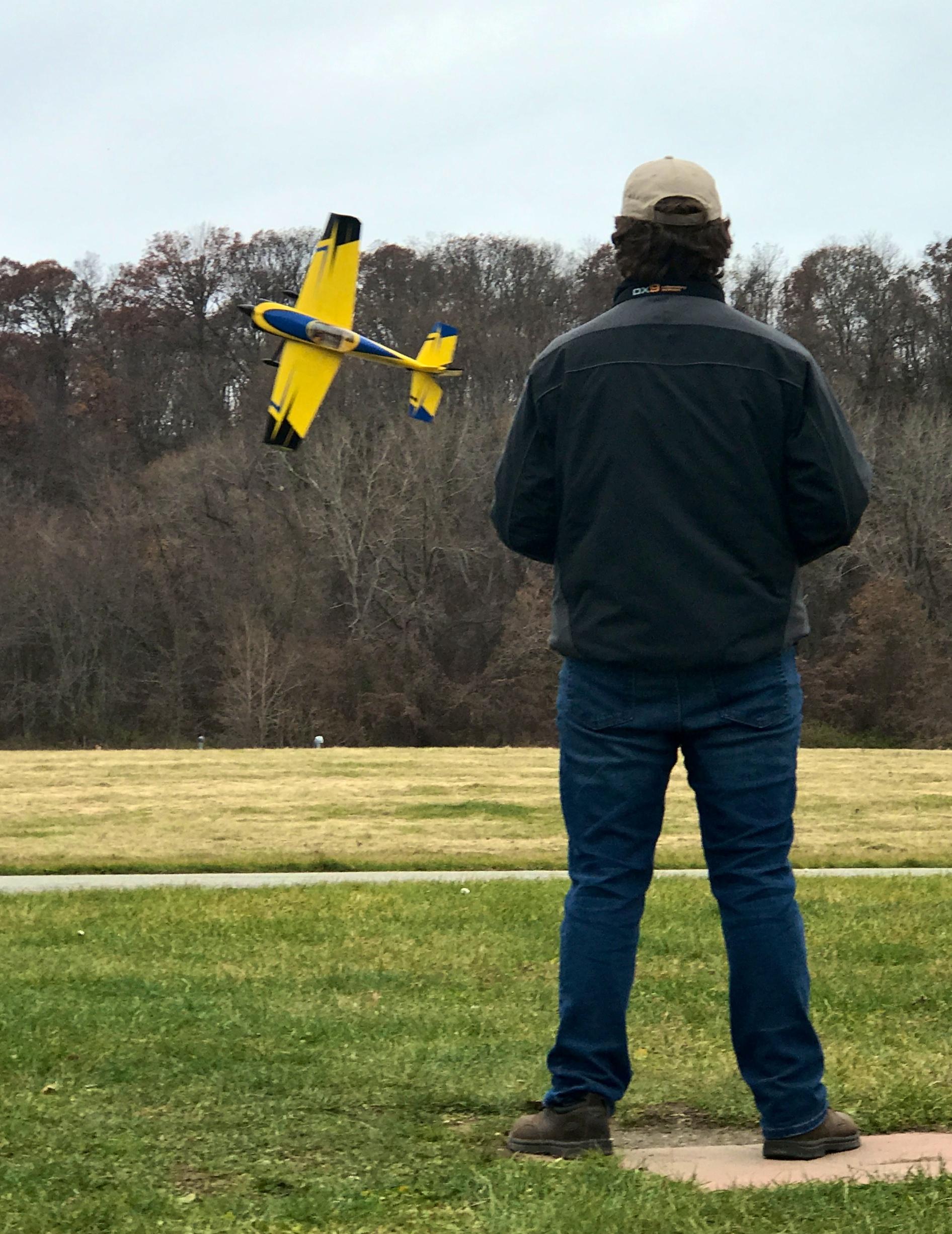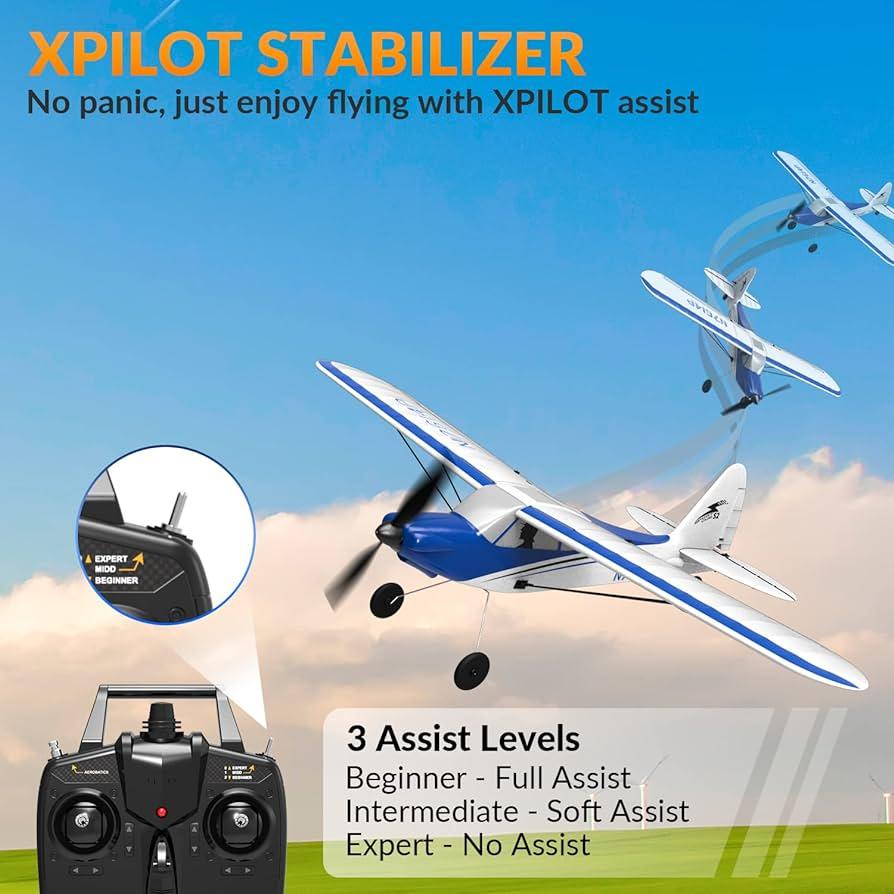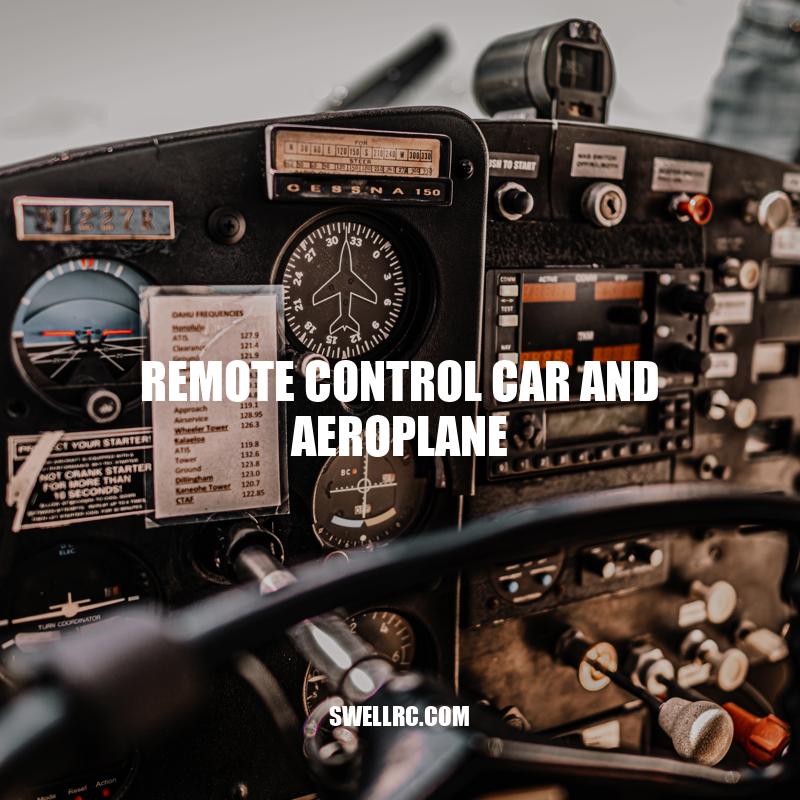Remote Control Cars and Aeroplanes: A Comprehensive Guide
Remote control cars and aeroplanes are miniature vehicles that are operated using a remote control device. They are popular among people who enjoy tinkering with technology and appreciate precision control and speed. Over the years, remote control vehicles have become more advanced and sophisticated, incorporating features such as cameras, GPS, and AI. The history of remote control vehicles dates back to the early 1900s when engineers experimented with radio-controlled boats and cars.
Types and Varieties of Remote Control Vehicles
There are various types of remote control cars and aeroplanes available in the market today. Cars can be classified based on their speed, power source (electric or gas), terrain (e.g. off-road, on-road), and scale (size). On the other hand, aeroplanes can be distinguished based on their wingspan, propulsion system (jet, propeller), and intended use (e.g. stunt, racing). Models can also be custom-built to suit individual preferences and requirements.
In terms of remote control cars, speed is a crucial aspect to consider. Some models can reach a top speed of over 100 km/h, providing an exciting experience for racing enthusiasts. Electric cars are more widely used due to their quiet operation and low maintenance costs. However, gas-powered cars are also available for those who prefer a more traditional feel and a higher level of realism. Additionally, on-road cars are suitable for smoother surfaces, while off-road cars are designed for rough terrains such as sand, dirt, and gravel.
For remote control aeroplanes, the wingspan and propulsion system determine the model’s performance. Jet-powered planes are suitable for high-speed flying, while propeller planes are more suited for stunts and precise flying. Hobbyists can choose either a ready-to-fly model or a kit that requires assembly. Horizon Hobby and Tower Hobbies are popular websites that offer a wide range of models and accessories to choose from.
In summary, there are numerous options available for those interested in remote control cars and aeroplanes. It is essential to consider factors such as speed, terrain, wingspan, and propulsion system when choosing a model. With the variety of models and designs available in the market, hobbyists can easily find a remote control car or aeroplane that suits their preferences and requirements.

What factors should be considered when choosing a remote control car or aeroplane?
Some factors that should be considered when choosing a remote control car or aeroplane include the type of vehicle, the intended use, the skill level of the user, the features and capabilities, the brand and quality, and the price.
Benefits of owning and operating remote control cars and aeroplanes
Remote control cars and aeroplanes offer numerous benefits to their owners. They provide hours of entertainment and enjoyment, whether as a solo activity or a social pastime with other enthusiasts. Remote control vehicles can also foster creativity, problem-solving skills, and manual dexterity, particularly in younger individuals. Additionally, the technology can be used to teach concepts such as aerodynamics, engineering, and physics.
Operating the remote control device while maneuvering the vehicle requires concentration and coordination. Remote control cars and aeroplanes often require open spaces for safe and enjoyable use, promoting outdoor activities and exercise. Users can build or modify their remote control vehicles to suit their preferences and skills, allowing for a unique experience.
Remote control vehicles can bring people together and foster a sense of community among hobbyists and enthusiasts. To explore a range of remote control cars and aeroplanes, check out Horizon Hobby.

What skills can be developed through playing with remote control cars and aeroplanes?
Hand-eye coordination, spatial awareness, problem-solving, and patience can be developed through playing with remote control cars and aeroplanes.
Managing Risks and Safety: Tips and Innovations for Remote Control Cars and Aeroplanes
Despite their many advantages, remote control cars and aeroplanes also pose challenges and limitations. These include noise pollution in residential areas, potential accidents and injuries, and regulatory compliance. To minimize these risks, users are advised to operate their vehicles safely and responsibly, follow local laws and regulations, and avoid operating near populated areas or sensitive locations. Some remote control vehicles are also designed to be less noisy or use alternative sources of power to reduce environmental impact.
It’s important to note that there have been incidents where remote control vehicles have caused safety hazards, such as interfering with commercial flights or causing injuries to people and pets. As a result, authorities and regulatory bodies have been implementing stricter regulations and guidelines for the use of remote control vehicles, particularly for drones.
For example, the Federal Aviation Administration (FAA) in the United States requires drone operators to register their drone, follow certain safety guidelines, and obtain necessary certifications for commercial use. Similar regulations exist in other countries as well.
Some companies have also developed products to help mitigate the challenges associated with remote control vehicles. For instance, some remote control cars and drones come equipped with quieter motors or propellers to reduce noise pollution. Other devices such as signal jammers and geofencing technology can help prevent unauthorized use of drones in restricted areas.

What regulations and guidelines exist for the use of drones by remote control vehicle operators?
There are various regulations and guidelines for the use of drones by remote control vehicle operators, including the Federal Aviation Administration’s Part 107 rules, local laws and ordinances, and guidelines from organizations such as the Academy of Model Aeronautics.
Emerging trends and advancements in the world of remote control vehicles suggest that their future is bright. One of the most exciting areas of development is the use of artificial intelligence and automation in drones and robots. For example, Amazon has been experimenting with delivery drones that can navigate to a customer’s location and drop off their package without any human intervention. Similarly, companies such as Boston Dynamics have been developing robots that can perform complex tasks such as running, jumping, and climbing.
Another emerging trend is the use of virtual reality and augmented reality to enhance the user experience of remote control vehicles. For instance, some drones and cars now come equipped with cameras that can stream live video from their point of view, allowing users to experience flying or driving as if they were actually in the vehicle. Companies such as DJI and Parrot have also developed companion apps that allow users to control their drones using a virtual reality headset.
As remote control vehicles continue to evolve and become more advanced, their potential impact on society and industry is immense. For instance, drones could be used for tasks such as monitoring wildlife, surveying crops, or inspecting infrastructure such as bridges and power lines. Meanwhile, remote control cars could be used for tasks such as exploring harsh environments or performing maintenance in hard-to-reach areas.
Conclusion
In conclusion, remote control cars and aeroplanes have come a long way from their early days of experimentation and have become a popular hobby and recreational activity for people worldwide. With emerging trends and advancements in technology, the future of remote control vehicles is bright. However, it’s important to note that these vehicles also pose challenges and safety risks that need to be addressed. As we continue to find new and innovative ways to use remote control technology, we must also ensure that we do so safely and responsibly.



